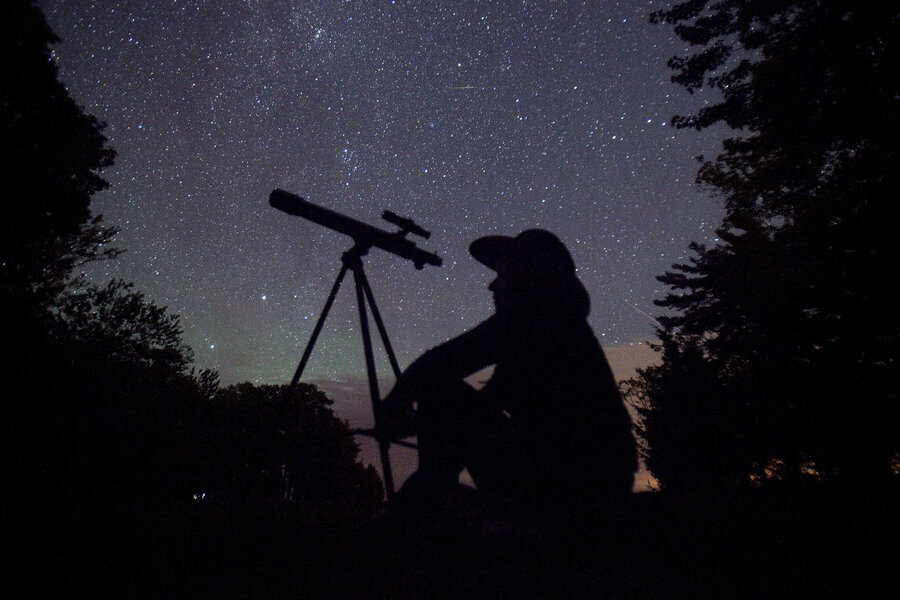Ancient people may have used this ingenious method for stargazing
Loading...
Thousands of years before astronomers used telescopes to peer at the stars, people may have climbed into dark, stone chambers to help focus their gaze.
Scientists that studied 6,000-year-old tombs in Portugal propose that the structures could have also been used to help early astronomers observe stars rising at twilight earlier than they would otherwise have been able to.
"By reducing the background area and focusing on just a small part of the sky, an observer will be able to see a star earlier than had they been outside," Kieran Simcox, an undergraduate student at Nottingham Trent University in England who's helping the team of scientists studying the phenomenon, told Discover Magazine by email.
The long, dark chambers of these types of tombs, found along the entire Atlantic coast of Europe and known as "passage graves," would have provided the complete darkness necessary for the best viewing, with only the opening to the passage grave showing the part of the sky where a star rises, as Discover explains.
"The key thing is that a passage grave with its long corridor acts like a telescope that does not have a lens – it is a long tube from which you are looking at the sky," Fabio Silva, an astronomer from the University of Wales Trinity Saint David, told The Guardian.
Ancient observers in Portugal likely would have been particularly interested in finding Aldebaran, which lives in the constellation Taurus and is one of the brighter stars in the northern hemisphere, Dr. Silva said.
Aldebaran's rising would have been an important signal for them that it was time to move their herds and flocks to summer grazing areas up in the mountains each year. The first rising would have happened at the end of April or beginning of May 6,000 years ago, said the scientists at the Royal Astronomical Society's National Astronomy Meeting in England on Thursday.
The passage-grave corridors could have helped viewers spot Aldebaran because they pointed toward the horizon, which would have helped focus the viewer's attention on one area of the sky, as The Guardian reports. Also, the walls would have blocked out the sun's rays, making it easier to spot stars by increasing the contrast with the sky. And since the viewer's eyes would become adapted to the darkness of the passage, it could have helped spot faint stars.
The viewing practice could have been linked to ancient rituals related to the revelation of a cosmic secret to the initiate, reports the Guardian, whereby individuals were left alone in in the tomb with the remains of their ancestors.
"Could the secret be that he could see the star rising days, if not a full week, before everybody else that was outside the passage grave could see it?" said Silva.
These kind of tombs are found throughout Europe, including Spain, Scandinavia, and Britain. Early on, the tombs had one or more chambers with a corridor leading to an entrance, with the entire structure covered with mounds of earth or stone. Most passageways are from the Neolithic period, between 6,000 and 2,000 B.C., though some were found later, in the Bronze Age, reports Discover. Ireland's Newgrange and Scotland's Maeshowe are among famous examples.
"They were clearly a widespread phenomena spanning the entire Atlantic coast," Silva told Discover by email. Though the research team says it’s hard to say for sure whether the passage tombs were originally built for astronomical and spiritual use. Either way, if that's how they were ultimately used, it shows that humans have been looking toward the stars since the earliest times.
"This kind of 'archaeoastronomy' highlights the fact that human beings have always been fascinated by the stars and that sky-watching has had an important role in human society for millennia," said Marek Kukula, public astronomer at the Royal Observatory Greenwich in London.






